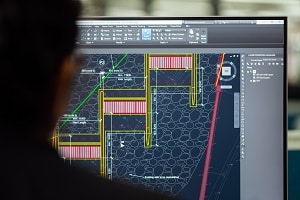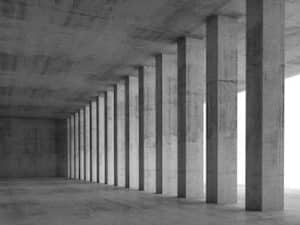CIVIL ENGINEERING: Principles Of Design, Methods, Need, Use & Codes Commonly Used Especially In Nigeria
The aim of structural design is to produce safe and economical structures that fulfil their required purpose adequately. In most cases, the actual structure is subjected to forces or loads that cannot be accurately estimated, hence, calculated forces and deflections are only approximations to the actual ones.
The codes ensure that these approximations are adequate for the required design.
Normally, the designer uses his knowledge of structural mechanics, practical experience and the codes of practice to produce a safe solution to a given problem.
There may be various solutions to any given problem and alternatives must be investigated to determine the most economical solution.
Codes of Practice (CP)
Codes of practice in use in Nigeria are usually prepared by the British, European and American institutes. Each nation produces her own codes. Those involved in their preparation include research institutes, experts from universities, government authorities and industries. Some codes for our immediate concern include:
BS 8110 (CP110) – Use of reinforced concrete
BS 5950 (BS 449) – Use of structural steel
The codes give allowable stresses and safe practices for design and construction.
When the allowable stresses are not exceeded in the structure, other relevant requirements like minimum thickness of material or maximum width/thickness ratios are satisfied.
Design Methods
Designs in civil engineering are based on the following principles:
- Elastic method (BS 449)
- Plastic/Load factor method
- Limit state design (BS 5950)
In elastic method, structures are analysed by elastic theory and sections are sized so that the permissible stresses are not exceeded.
In plastic method, more advantage is taken of the strength of steel beyond the yield point. The load that will cause the structure to collapse is found; then the working load, is the collapse load divided by the load factor.
Limit State design has been developed to take account of all conditions that will make a structure unfit for use. A structure may cease to be fit for use in a variety of ways. This may be due to collapse or rupture, excessive deformation, excessive cracking, etc. Each of these ways constitutes a limit state. The two principle limit states are:
- Ultimate Limit State
- Serviceability Limit State
Ultimate Limit State: This requires that the structure withstands with an adequate factor of safety against collapse, the loads for which it is designed.
Serviceability Limit State: This requires that under working loads, deflections, cracks are minimised so that appearance or efficiency of the structure is not impaired.
Other limit states are, durability, fire resistance, excessive vibration, fatigue, etc.




